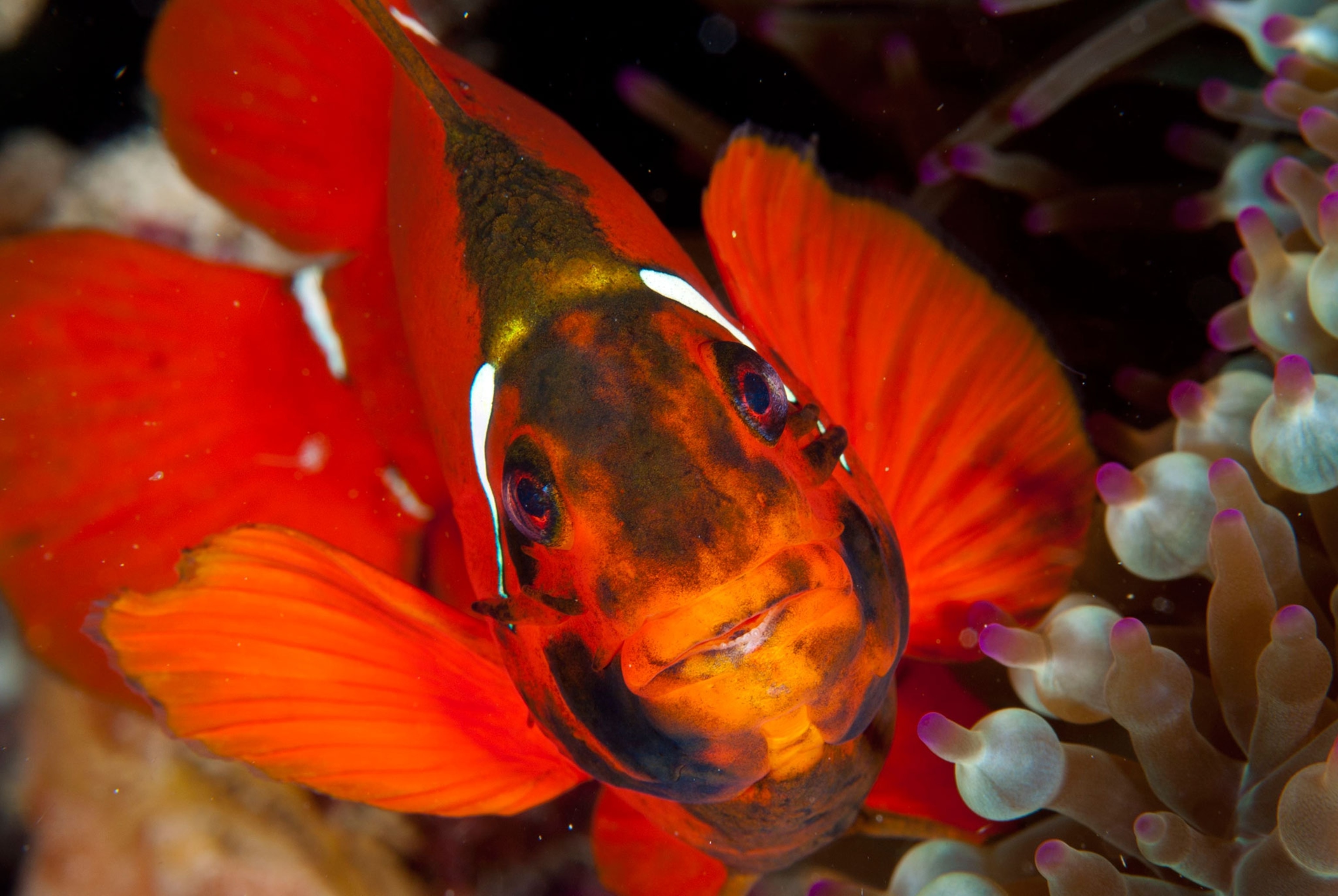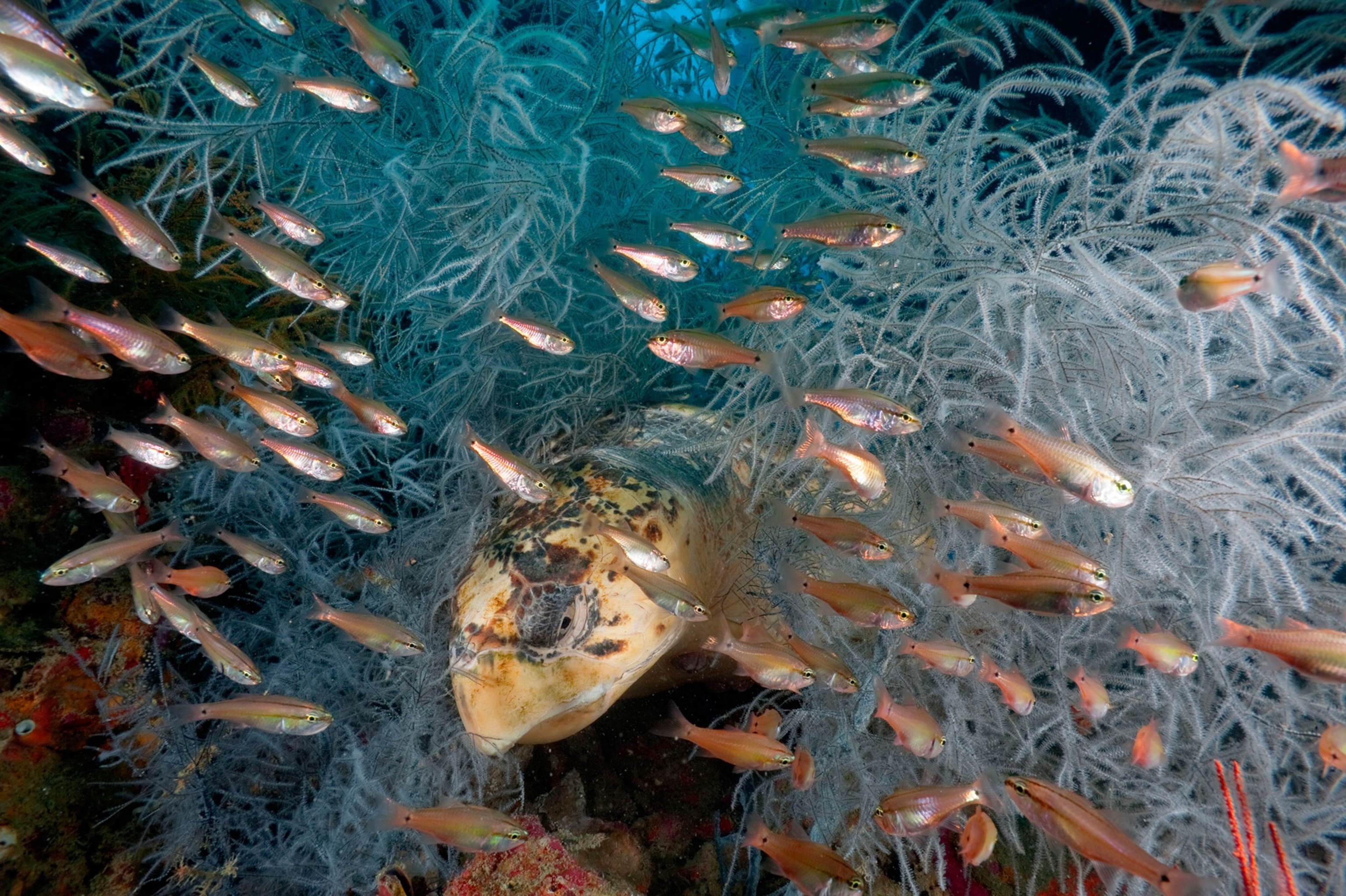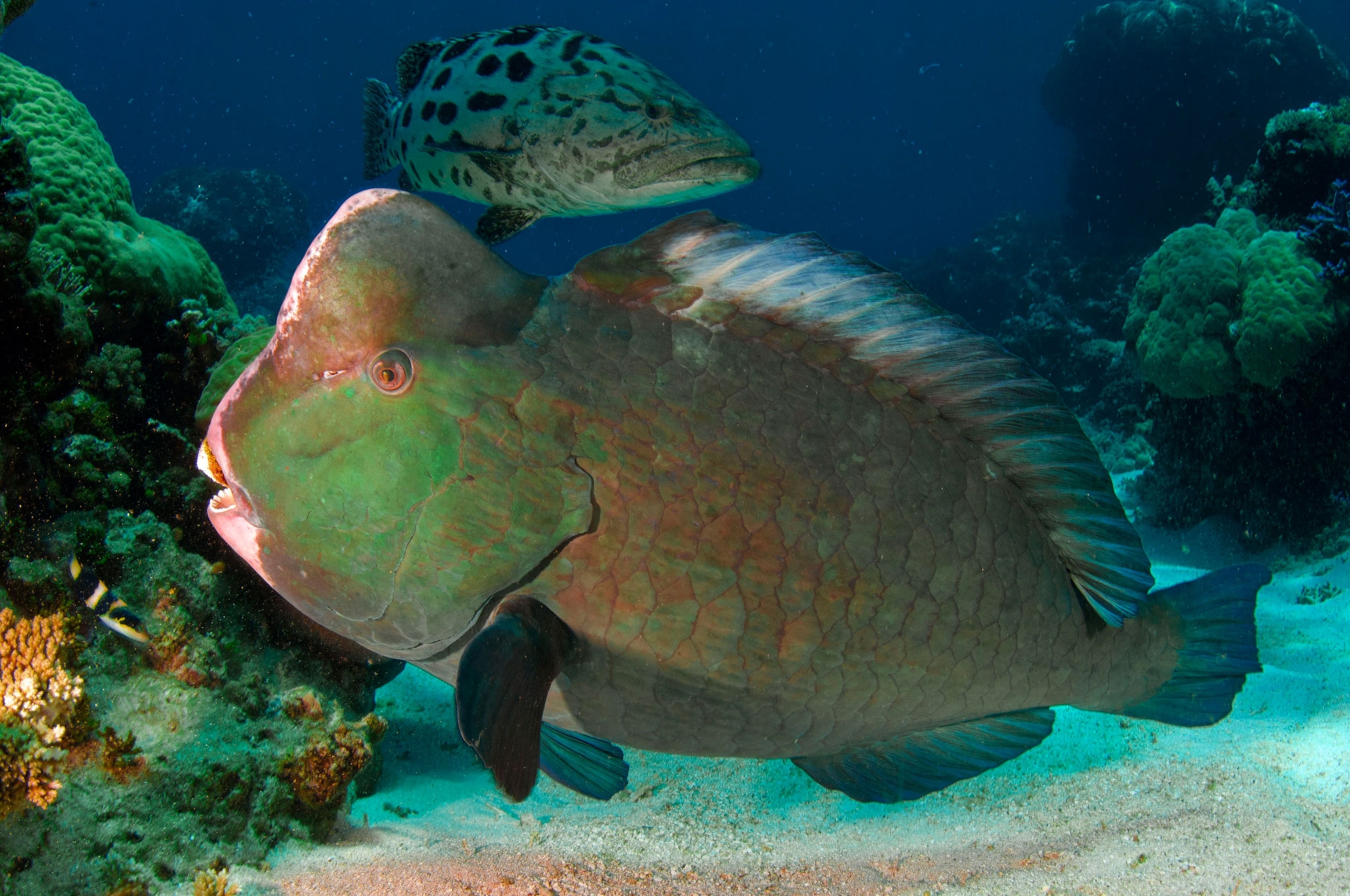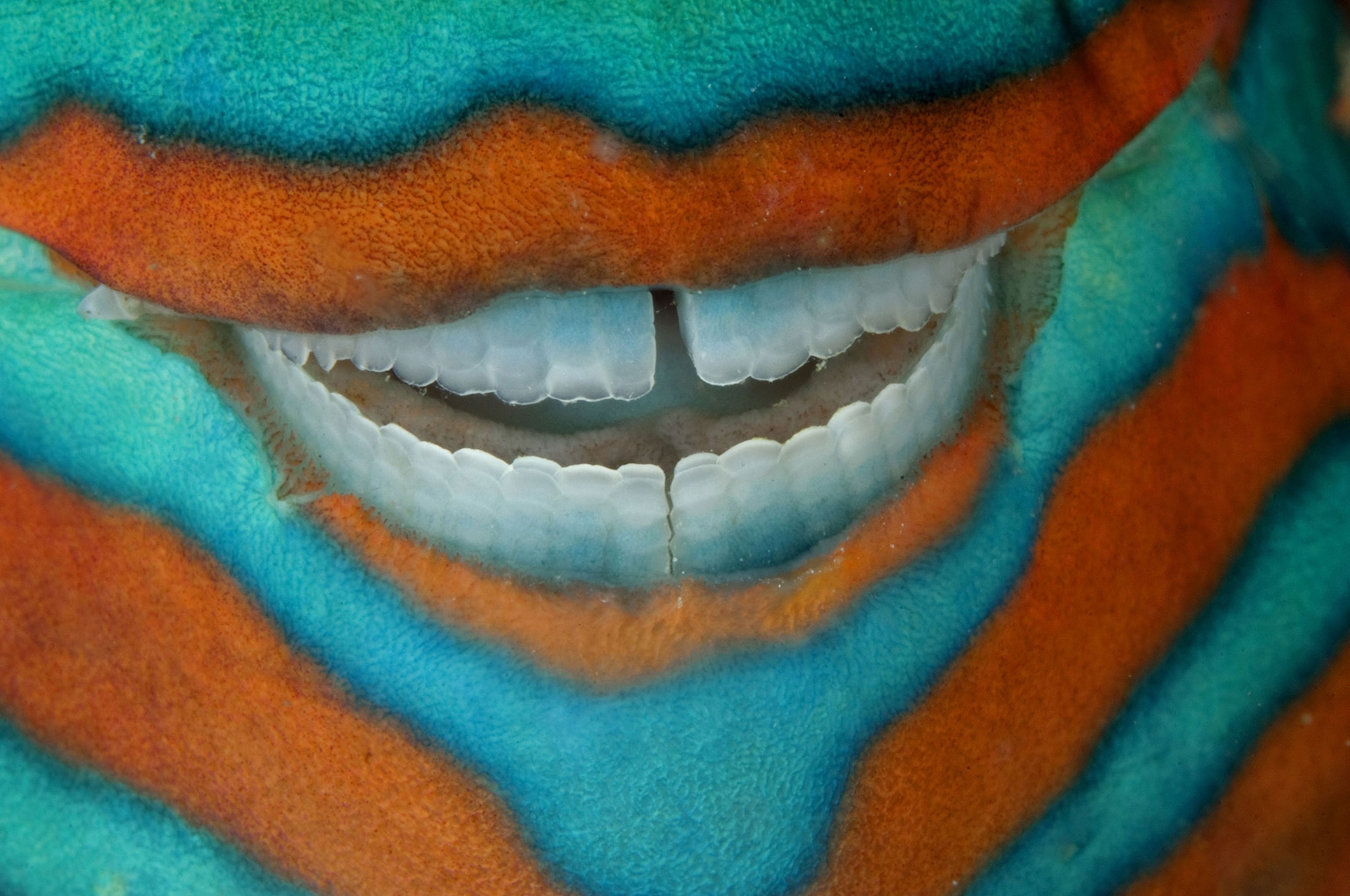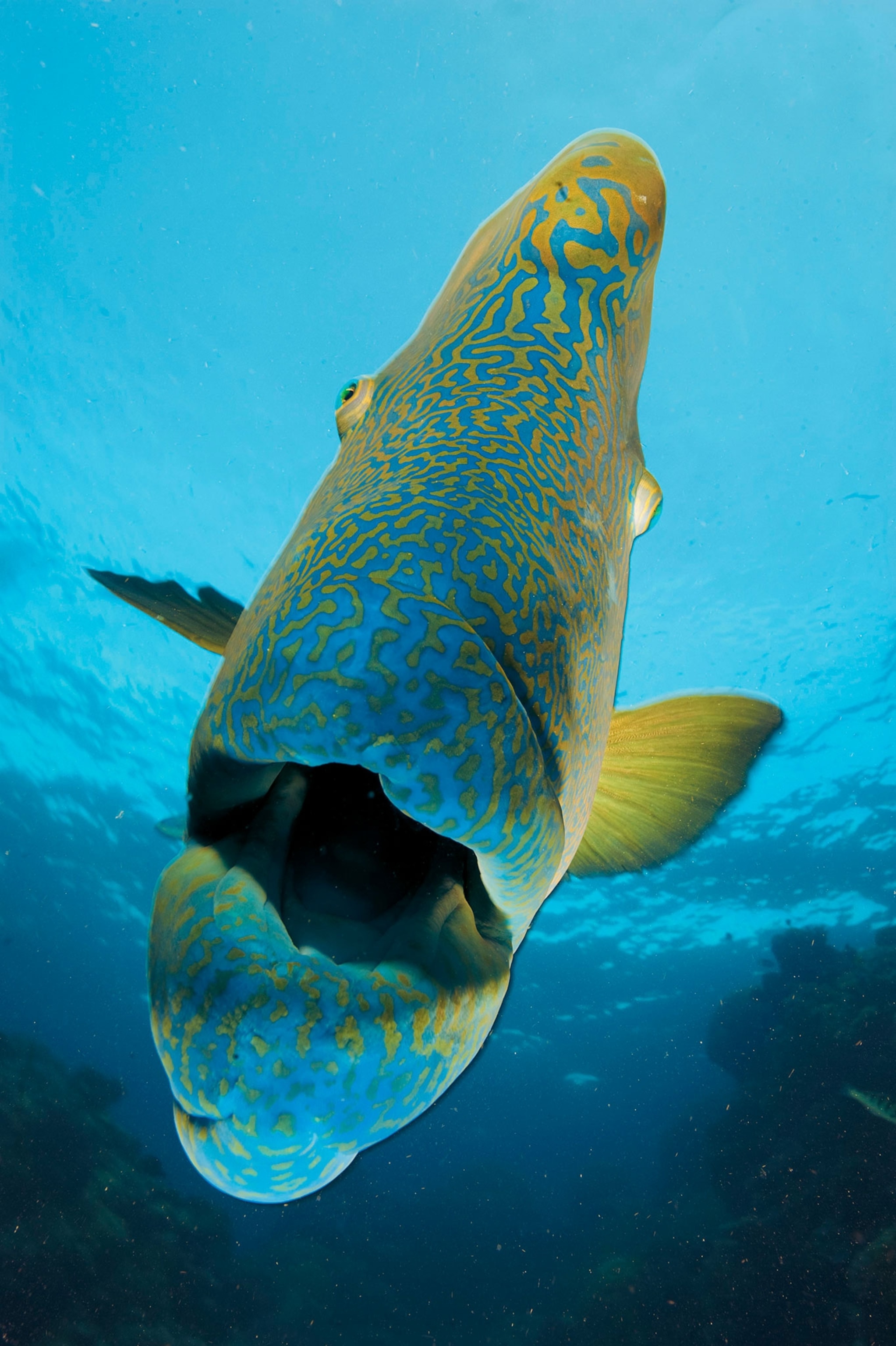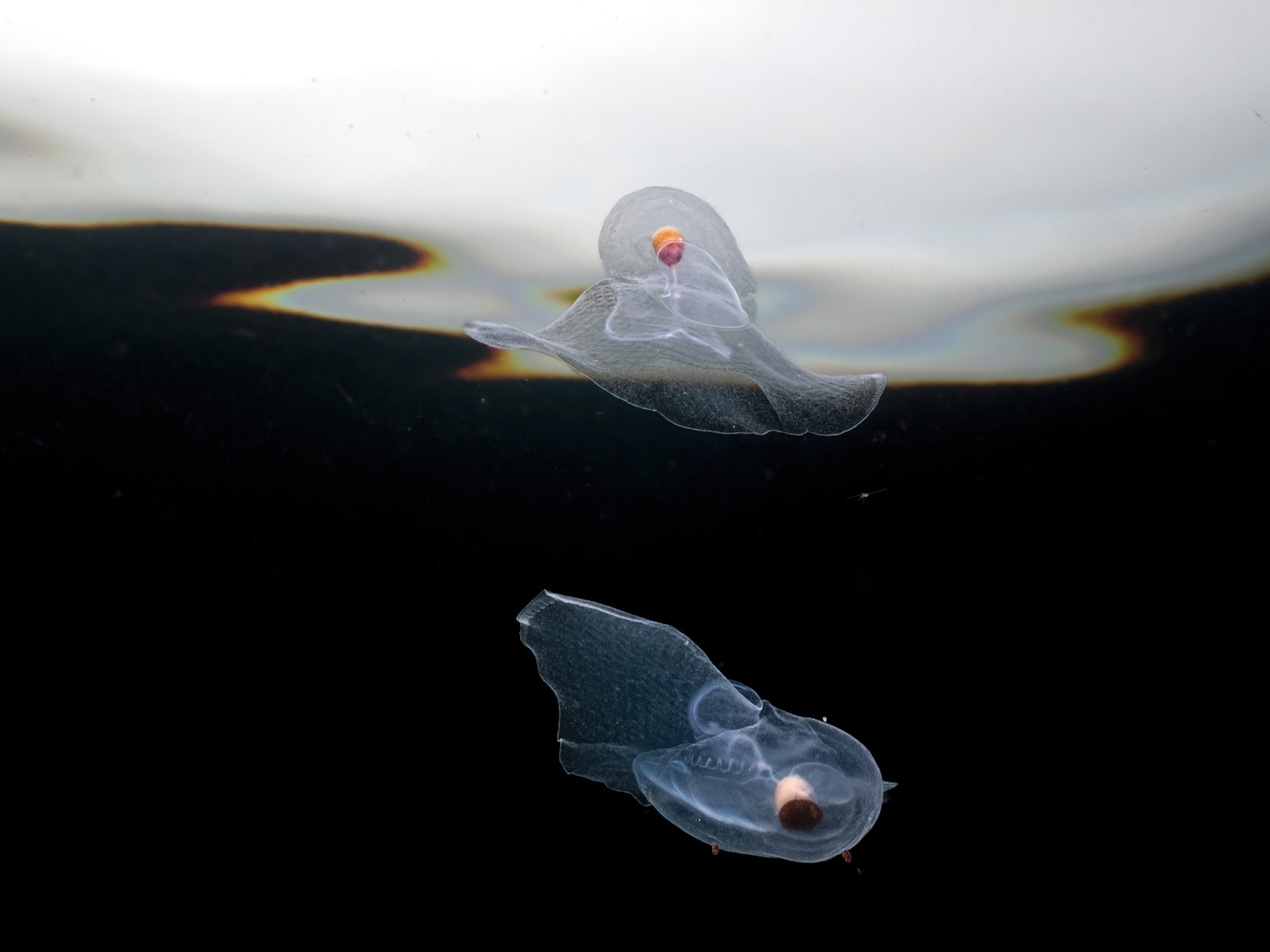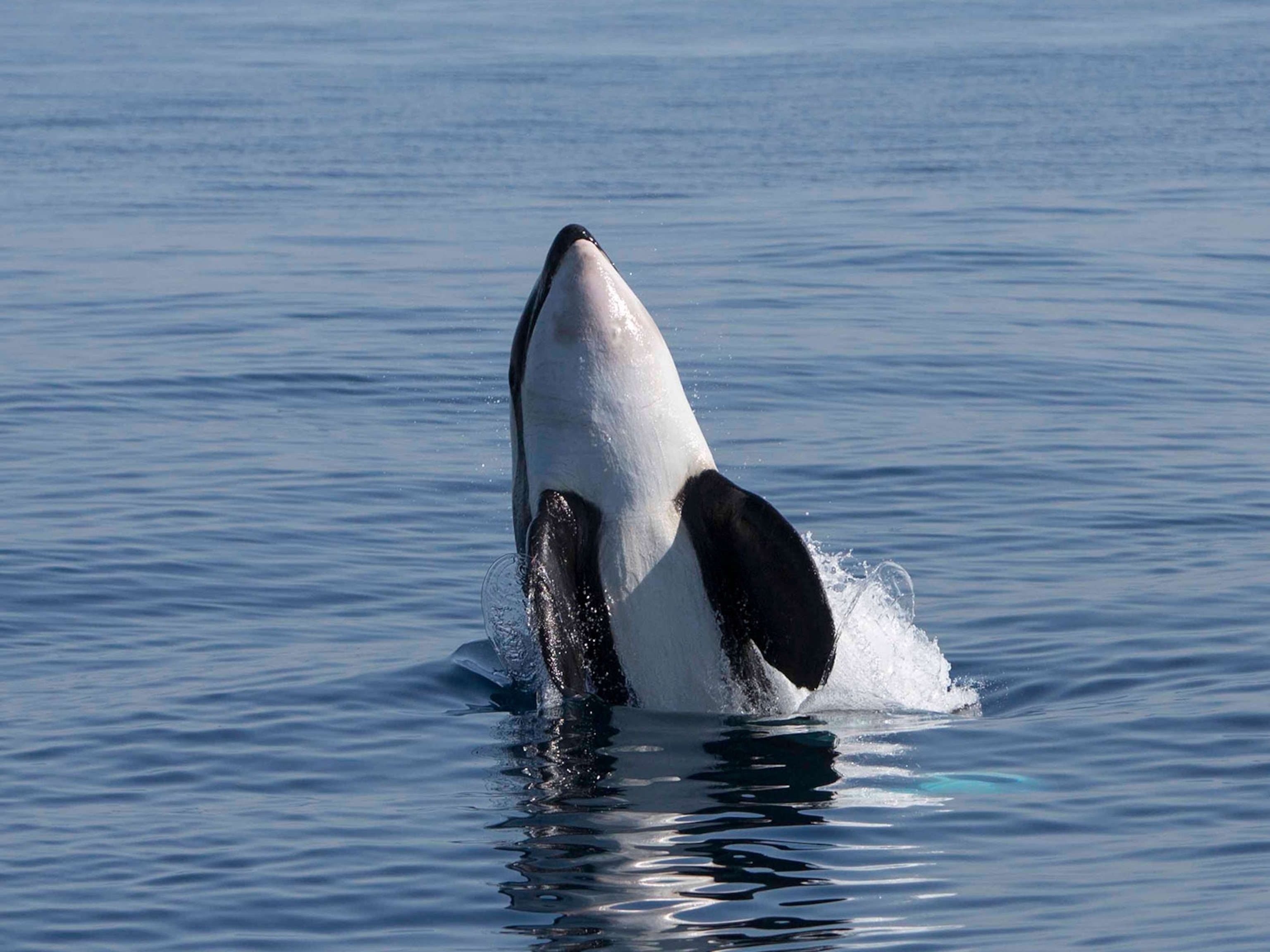Watch: Sea Turtle Snacks on Jellyfish Tentacles
A young green sea turtle snaps up a stinging meal.
Humans aren’t the only animals to like their meals with a little bite—or a little sting, as the case may be.
In this video, shot by marine biologist Johnny Gaskell, a young green sea turtle munches on a jellyfish in the shallow waters around Hook Island, Queensland, in Australia’s famous Great Barrier Reef. Though almost all of the world’s seven species of sea turtles are omnivorous—meaning they eat pretty much anything, including jellyfish—green sea turtles are mostly herbivorous as adults.
The turtle in this video is a juvenile, likely between 2 and 5 years old, at a stage in its development where a more omnivorous diet is typical.
THE GREAT BARRIER REEF
“What's interesting here is that it's actually going for the [jellyfish’s] tentacles and not the bell, which would maybe have more nutrition,” says David Gruber, a marine biologist and National Geographic Explorer.
A jellyfish’s tentacles do seem to be an odd choice of meal: humans are wary of their sting, which occurs when skin contact triggers small, harpoon-like structures called nematocysts to inject venoms that attack the victim’s cells. (Read about a microscopic nematocyst arms race.)
But because sea turtles are reptiles (and therefore scaly), they’re much less vulnerable to these nematocysts. This turtle’s only sensitive spot is its eyes, which it protects by closing its eyelids and shielding itself with a flipper. And it seems to suffer no ill effects from ingesting the tentacles, Gruber says.
Such an iron stomach at such a young age can only be an advantage: green sea turtles can grow to weigh up to 700 pounds, and live about 80 years in the wild.
Though jellyfish are certainly on the menu for juvenile green sea turtles, it’s possible “to hypothesize that the sea grass the turtle would normally eat has been disappearing, and now it's going for these lower-grade diets,” says Gruber.
In recent years, the Great Barrier Reef has suffered drastic coral bleaching as a result of global warming. Sea turtles—all species of which are listed as endangered—are vulnerable to such changes in their native ecosystems. They also face the threats of being killed deliberately, for their meat and eggs, or accidentally, when struck by boat propellers or entangled in fishing nets until they drown. (Read "This Turtle Tourist Center Also Raises Endangered Turtles for Meat")
As for the young turtle’s victim: if the jellyfish isn’t torn to shreds, there’s a chance it may survive to regrow its lost tentacles.
Though the individual in this video bears a strong resemblance to the lion’s mane jellyfish (Cyanea capillata) found in the cold waters of the Arctic and northern Atlantic oceans, it’s likely a member of a related species, differentiated by the red stripes around the base of its bell and its Australian habitat.
Both species often enjoy symbiotic relationships with small fish, like the butterfish seen in this video, which eat the jellyfish’s leftovers in return for protection from predators.

